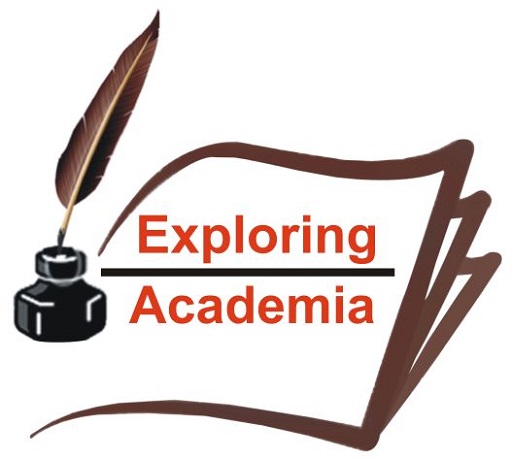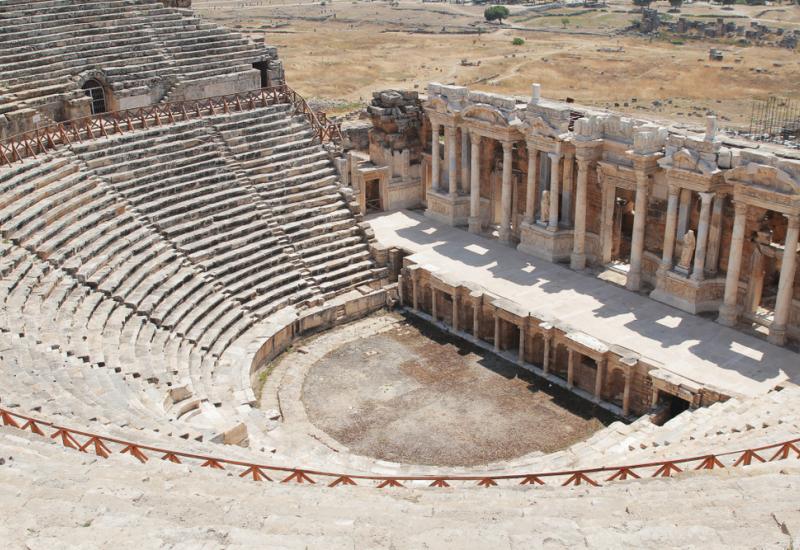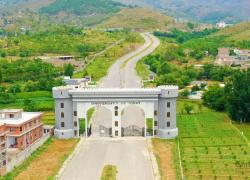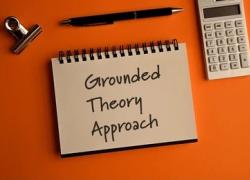What should be included in the Research Proposal?
The important question that intrigues many minds is that what should be included in the PhD research proposal. Some generic guidelines about a perfect research proposal have already been given on “How to write an effective research proposal?”. This blog post provides valuable guidance and useful insight for the doctoral students and research scholars on how to structure their research proposal.
Importance of a research proposal
Being an essential requirement for entry to the doctoral research stage, a PhD research proposal helps the supervisor and evaluators to better understand the research scholar’s line of thinking and how he/she is planning to go about writing their thesis. This is a great tool that can help them structure their thoughts and outline the path they would like to follow during the course of their PhD research. It is said that one’s research is only as good as one’s research proposal.
Contents/Elements of the PhD research proposal
Regardless of the university/institute specific requirements and irrespective of the changing needs of the particular field of study, a general, run of the mill research proposal contains the following major sections/parts:
- Title
- Abstract
- Introduction
- Background
- Need/rationale of the study
- Purpose and aims of the study
- Literature review
- Theoretical/conceptual Framework
- Research Questions
- Methodology
- significance / Expected Outcomes of the study
- A timescale for the research
- Proposed thesis structure
- Conclusion
- References
- Appendices
Format of the PhD research proposal
The research proposal is supposed to contain most of the sections listed above; however, it is up to the supervisor or particular requirement of the University/Department stipulating inclusion or omission of some of these parts.
These various sections/components are briefly discussed along with function and characteristics in a tabular form given below:
Core parts of the PhD research proposal
Some of the experts in the field suggest that the introduction, literature review and research design are the critical core parts of the PhD research proposal and must be taken care of the same. However, I feel each and every single part of the PhD proposal is important and ought to be taken seriously.
Points to ponder while writing a research proposal
It is important to remember that since the essential contents and structure of a research proposal may vary from one discipline/ field of study to another, hence, the PhD research scholars must take due care of the requirements of that particular field of study. Besides, the order of these sections/elements may vary as per the advice and direction of the supervisor. Some parts/sections may be clubbed or omitted altogether and some more may be added if required. For instance, the research aims and questions may be merged and may either be incorporated at the end of the introduction section or may be made part of the literature review. The bottom line is that how robust these guidelines may be, the scholars must have to follow the instructions provided by the university or the concerned supervisor for the purpose. The next blog post- How to write an effective abstract? discusses the same topic at length .


















